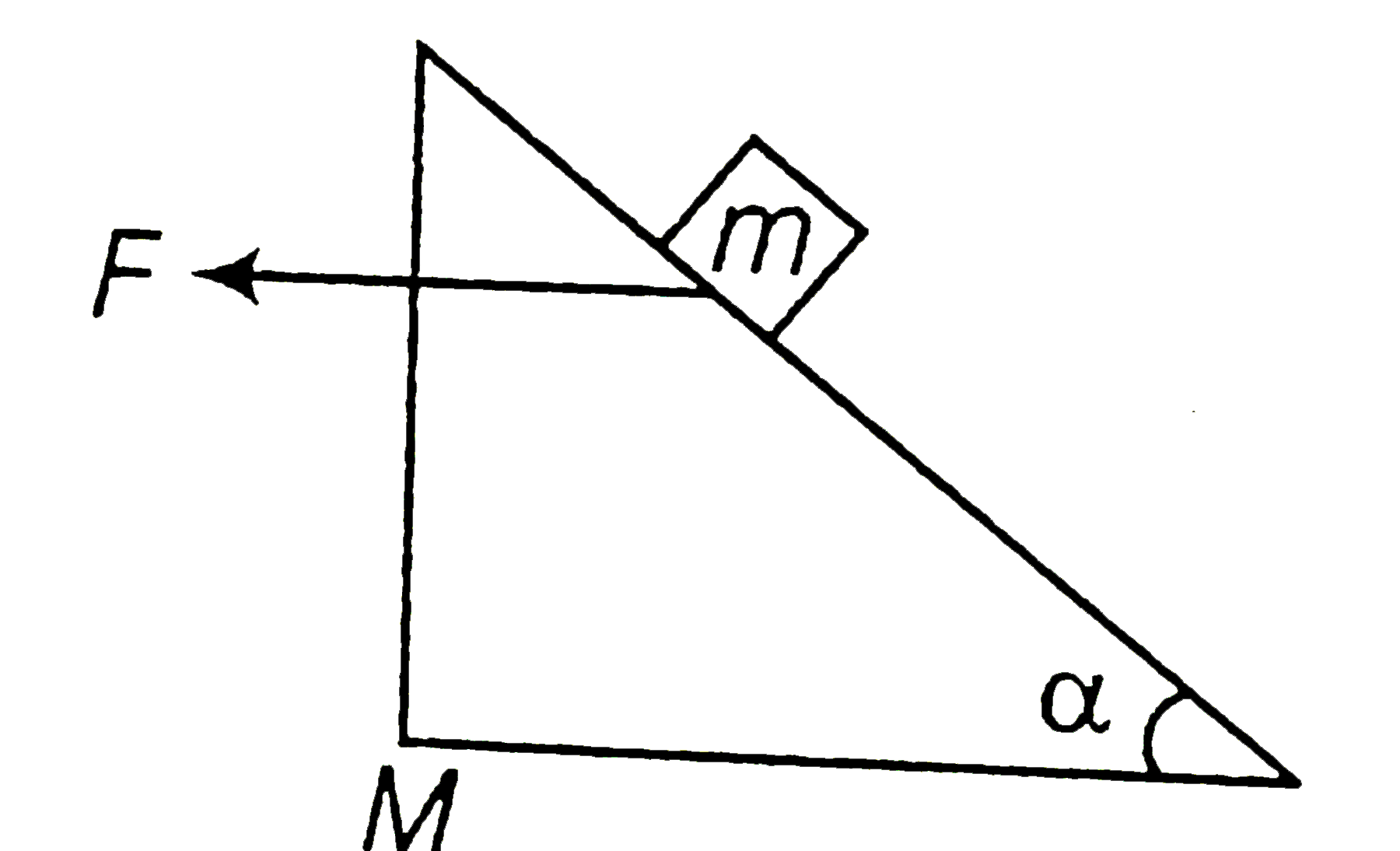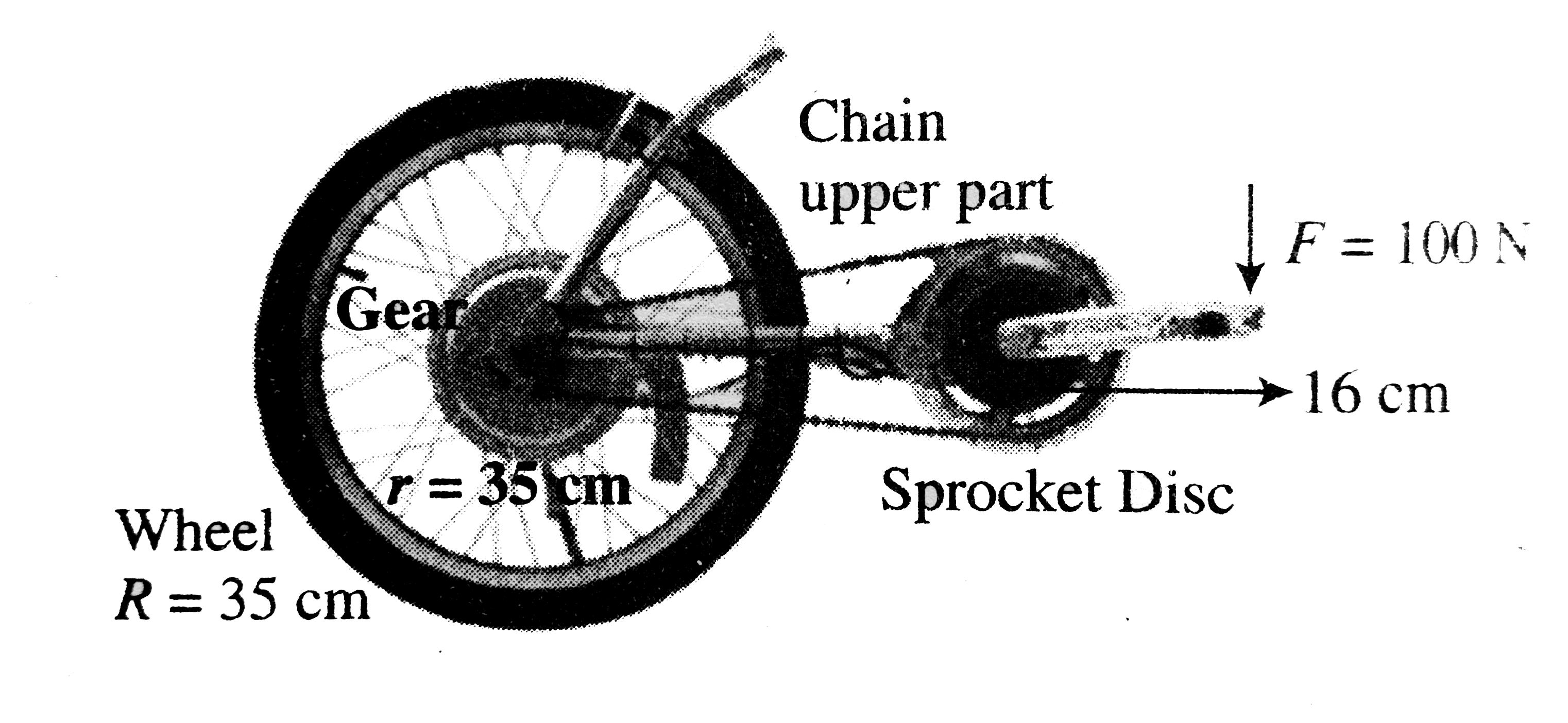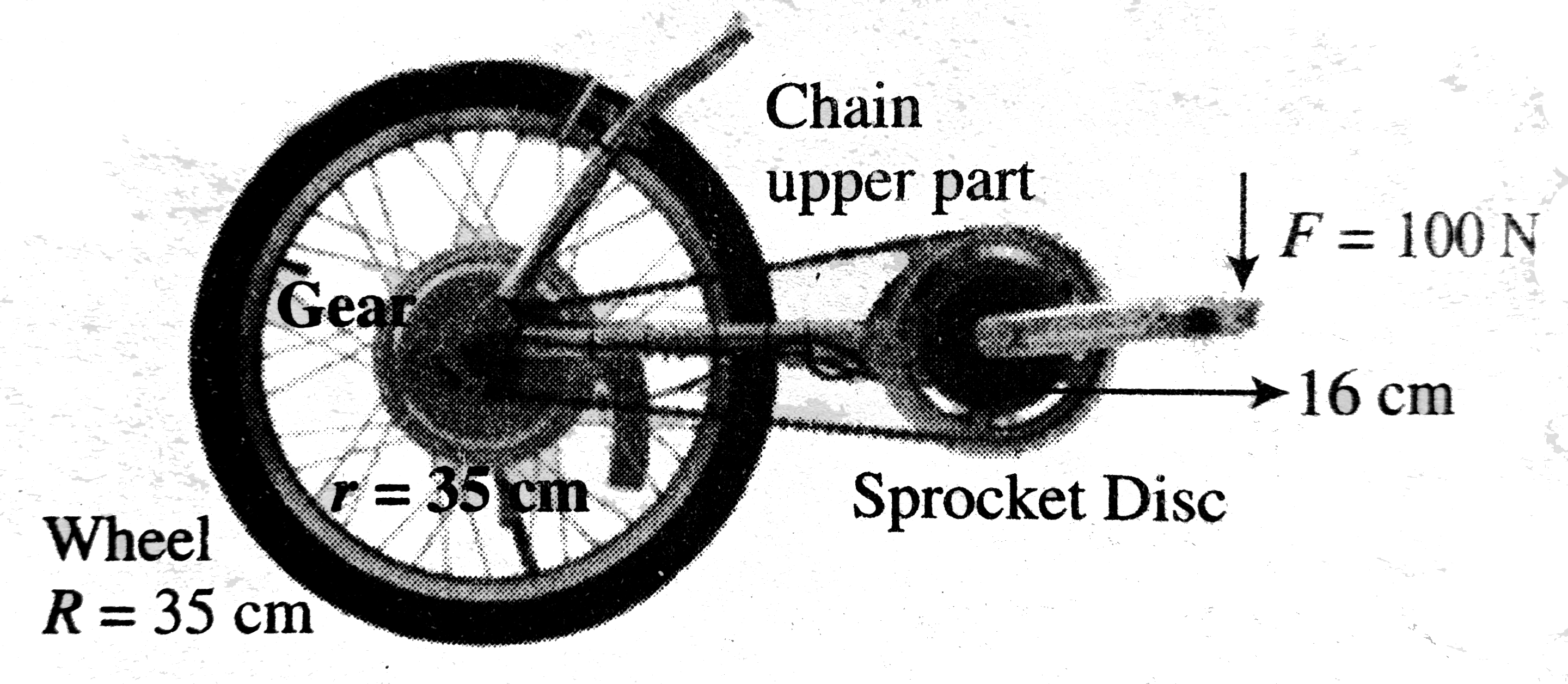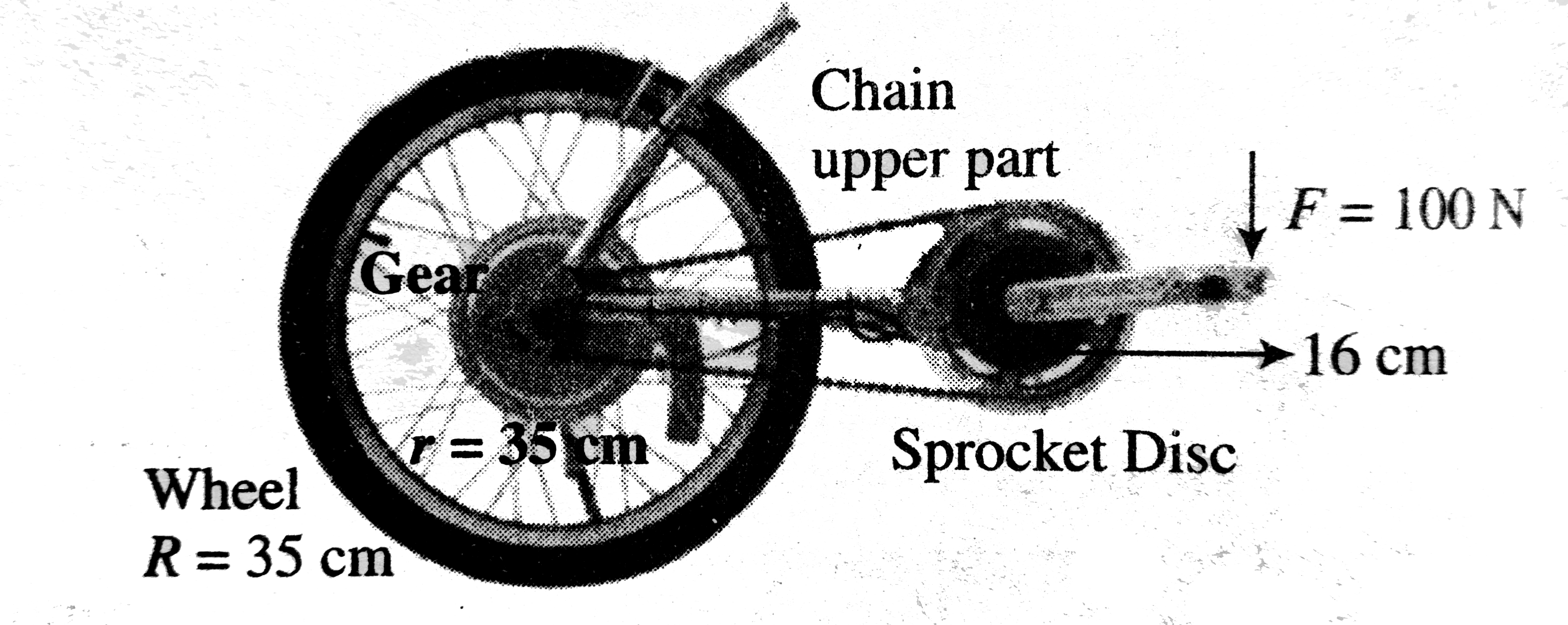A brick can be pushed gently on the smooth floor by applying force with our foot. But if we kick the brick, the foot is hurt. Why?
To understand why kicking a brick hurts your foot while gently pushing it does not, we can break down the situation into several steps:
1. Understanding the Initial State:
- In both scenarios, the brick starts at rest on a smooth, frictionless floor.
2. Gently Pushing the Brick:
- When you gently push the brick with your foot, you apply a small force.
- This force causes the brick to accelerate gradually from rest.
- The acceleration is low, meaning the brick's velocity increases slowly.
3. Acceleration and Force Relationship:
- According to Newton's second law of motion, F=ma (Force = mass × acceleration).
- Since the acceleration is low when you push gently, the force exerted on the brick is also low.
4. Kicking the Brick:
- When you kick the brick, you apply a much larger force suddenly.
- This results in a rapid increase in the brick's velocity, causing it to accelerate quickly.
5. High Acceleration and Force:
- The acceleration during a kick is much greater than during a gentle push.
- Consequently, the force exerted on the brick (and by Newton's third law, the force exerted back on your foot) is significantly higher.
6. Impact on the Foot:
- The large force exerted back on your foot when you kick the brick can cause pain or injury.
- In contrast, the gentle push does not exert a large force back on your foot, so there is no pain.
Conclusion:
- The difference in the experience of pain between kicking and gently pushing the brick lies in the magnitude of the forces involved and the resulting accelerations. A gentle push results in low force and low acceleration, while a kick results in high force and high acceleration, leading to injury.
- In both scenarios, the brick starts at rest on a smooth, frictionless floor.
- When you gently push the brick with your foot, you apply a small force.
- This force causes the brick to accelerate gradually from rest.
- The acceleration is low, meaning the brick's velocity increases slowly.
- According to Newton's second law of motion, F=ma (Force = mass × acceleration).
- Since the acceleration is low when you push gently, the force exerted on the brick is also low.
- When you kick the brick, you apply a much larger force suddenly.
- This results in a rapid increase in the brick's velocity, causing it to accelerate quickly.
- The acceleration during a kick is much greater than during a gentle push.
- Consequently, the force exerted on the brick (and by Newton's third law, the force exerted back on your foot) is significantly higher.
- The large force exerted back on your foot when you kick the brick can cause pain or injury.
- In contrast, the gentle push does not exert a large force back on your foot, so there is no pain.
- The difference in the experience of pain between kicking and gently pushing the brick lies in the magnitude of the forces involved and the resulting accelerations. A gentle push results in low force and low acceleration, while a kick results in high force and high acceleration, leading to injury.
Topper's Solved these Questions
Similar Questions
The brick shown in the figure is glued to the floor. A 3500 N force is applied to the top surface of the brick as shown. If the brick has a shear modulus of 5.4×109N/m2, how far to the right does the top face move relative to the stationary bottom face

View SolutionCase 1: If you take a ball and push it so that it rolls across a smooth, cemented floor. Wait for the ball to stop by itself. Mark the point at which it stopped by drawing a line on the floor with chalk powder. Measure the distance travelled by the ball using a measuring tape.
Case 2: If you take the same ball and push it the same way as before on a sandy ground. Again, measure the distance travelled by the ball.

What do you understand about frictional force in this case?
View Solution
Knowledge Check
A uniform plank is resting over a smooth horizontal floor and is pulled by applying a horizontal force at its one end. Which of the following statements are not correct?
AStress developed in plank material is maximum at the end at which force is applied and decrease linearly to zero at the other end.BA uniform tensile stress is developed in the plank material.CSince plank is pulled at one end only, plank starts to accelerate along direction of the force. Hence, no stress developed in the plank material.Dnone of theseAkash can move an iron block at rest ,placed on a metal sheet by pushing it with a force of 50 N. When a lubricant is applied on the effort is reduced to do the same activity .The force with which the block can be moved in the second case is ________.
A25 NB37.5NC12.5 ND50 NA wooden wedge of mass M and inclination anlgle(α) rest on a smooth floor. A block of mass m is kept on wedge.A force F is applied on the wedge as shown in the figure such that block remains stationary with respect to wedge So, magnitude of froce F is
 A(M+m)g tan αBg tan αCmg cos αD(M+m)g cosec α
A(M+m)g tan αBg tan αCmg cos αD(M+m)g cosec α
The force exerted by the floor of an elevator on the foot of a person standing there is more than the weight of the person if the elevator is :
View SolutionA dentist's chair with a patient in it weighs 2100 N . The output plunger of a hydraulic system begins to lift the chair when the dentist's foot applies a force of 55 N to the plunger and the piston . What is the ratio of the radius of the plunger to the radius of the piston ?
View SolutionA bicycle has pedal rods of length 16cm connected to sprocketed disc of radius 10cm. The bicycle wheels are 70cm in diameter and the chain runs over a gear of radius 4cm. The speed of the cycle is constant and the cyclist applies 100N for, that is always perpendicular to the pedal rod, as shown in figure. Assume tension in the lower part of chain is negligible. The cyclist is peddling at a constant rate of two revolutions per second. Assume that the force applied by other foot is zero when one foot is exerting 100N force. Neglect friction within cycle parts and the rolling friction.

The net force of the friction on the rear wheel due to the road is:
View SolutionA bicycle has pedal rods of length 16cm connected to sprocketed disc of radius 10cm. The bicycle wheels are 70cm in diameter and the chain runs over a gear of radius 4cm. The speed of the cycle is constant and the cyclist applies 100N for, that is always perpendicular to the pedal rod, as shown in figure. Assume tension in the lower part of chain is negligible. The cyclist is peddling at a constant rate of two revolutions per second. Assume that the force applied by other foot is zero when one foot is exerting 100N force. Neglect friction within cycle parts and the rolling friction.

Net torque on the rear wheel of the bicycle is equal to
View SolutionA bicycle has pedal rods of length 16cm connected to sprocketed disc of radius 10cm. The bicycle wheels are 70cm in diameter and the chain runs over a gear of radius 4cm. The speed of the cycle is constant and the cyclist applies 100N for, that is always perpendicular to the pedal rod, as shown in figure. Assume tension in the lower part of chain is negligible. The cyclist is peddling at a constant rate of two revolutions per second. Assume that the force applied by other foot is zero when one foot is exerting 100N force. Neglect friction within cycle parts and the rolling friction.

The power delivered by the cyclist is equal to
View Solution
